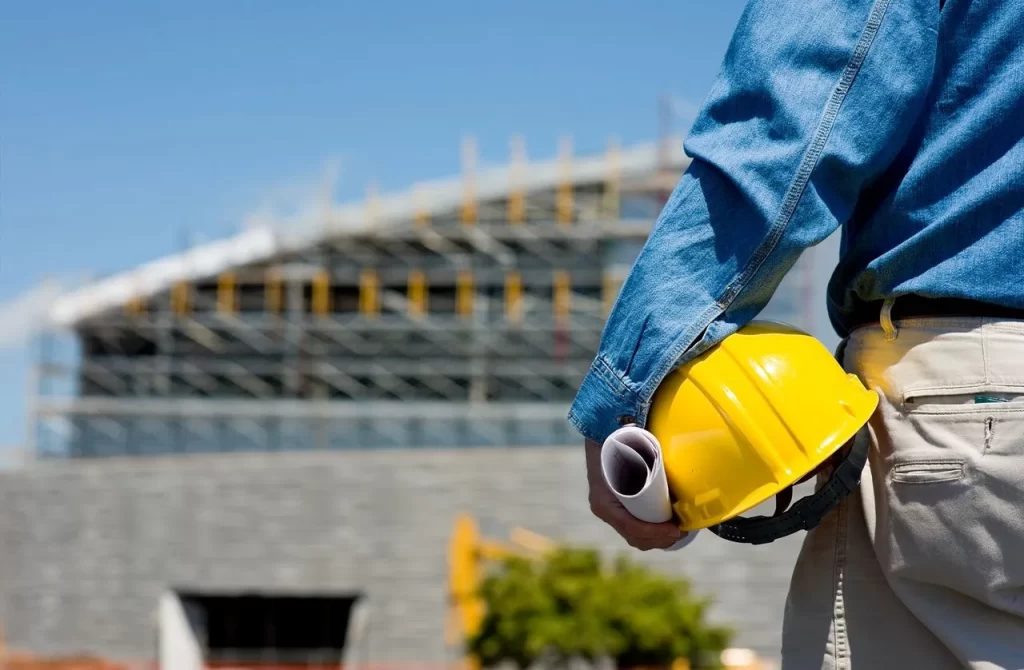
How to repair cracks and damage in concrete surfaces?
The most durable and versatile building materials used today. However, over time, exposure to weather, wear and tear, ground movement, improper installation, and other factors cause cracks and damage to develop in concrete surfaces. Left unaddressed, these issues lead to further deterioration and more extensive repairs.
Inspect and diagnose the problem
Attempting any repairs is to thoroughly inspect the concrete to determine the extent of the damage and what is causing it. Look for cracks, crumbling, holes, scaling, and other defects. Try to ascertain if the damage is due to improper installation, freeze/thaw cycles, ground movement, and corrosion of reinforcing steel, overloading, alkali-silica reaction, or other factors. Understanding the root cause will direct you to the appropriate repair technique and help prevent future damage.
Remove loose and unsound concrete
When applying any repair concrete Campbelltown materials, it’s important to remove all loose, cracked, and unsound concrete around the damaged area. Use a chisel, rotary hammer, or jackhammer to chip away deteriorated sections until you reach solid, well-bonded concrete. For dormant cracks or cosmetic defects, simple surface cleaning and roughening with a wire brush may suffice but for structural cracks or deep damage, remove concrete down to at least 1/2 inch past the leading edge of the steel rebar or until uniform aggregate exposure is reached. Proper concrete removal will help the repair material bond properly.
Clean and prepare the area
The damaged section was removed and thorough clean and prepares the repair area. Use a shop vacuum and stiff brush to remove all dust, debris, and chipped concrete so repair materials adhere properly. For more exposed aggregates, consider using an etching product or muriatic acid to clean and roughen the surface, which improves bonding.
Repair surface damage
Several methods exist for resurfacing areas with spalling, scaling, delamination, or major surface defects:
- Bonding concrete overlay – involves troweling a fresh layer of concrete mix over the damaged area and bonding it to the original layer.
- Patching mortar – prepackaged cement-based mix troweled into the damaged section and sculpted to match the surrounding contours.
- Resurfacing with concrete resurfacer – polymer-modified cementitious coating brushed or sprayed over the damaged concrete to create a fresh concrete finish.
Most minor damage up to 1/4 inch deep be repaired with patching and resurfacing products. For deeper damage, a concrete overlay of 1-3 inches thick may be needed. Prep the area, saturate the concrete with water, then apply the fresh concrete or coating to bond and harden into a durable finish.
Seal and Protect the Repair
Once repair materials have fully cured, brush or spray concrete sealers to coat and protect the repaired areas. Silicone sealers are often used to seal patches and help prevent future moisture intrusion and freeze/thaw damage. For hot or dry climates, wax-based sealers protect repaired sections from sun exposure and evaporation.
With the proper inspection, repair technique, materials, and preparation, homeowners successfully repair many minor to moderate cracks, chips, holes, scaled surfaces, and other defects in concrete slabs, foundations, steps, walls, and other structures. However, some complex jobs with extensive deterioration or foundation settlement may require working with a professional concrete contractor.
